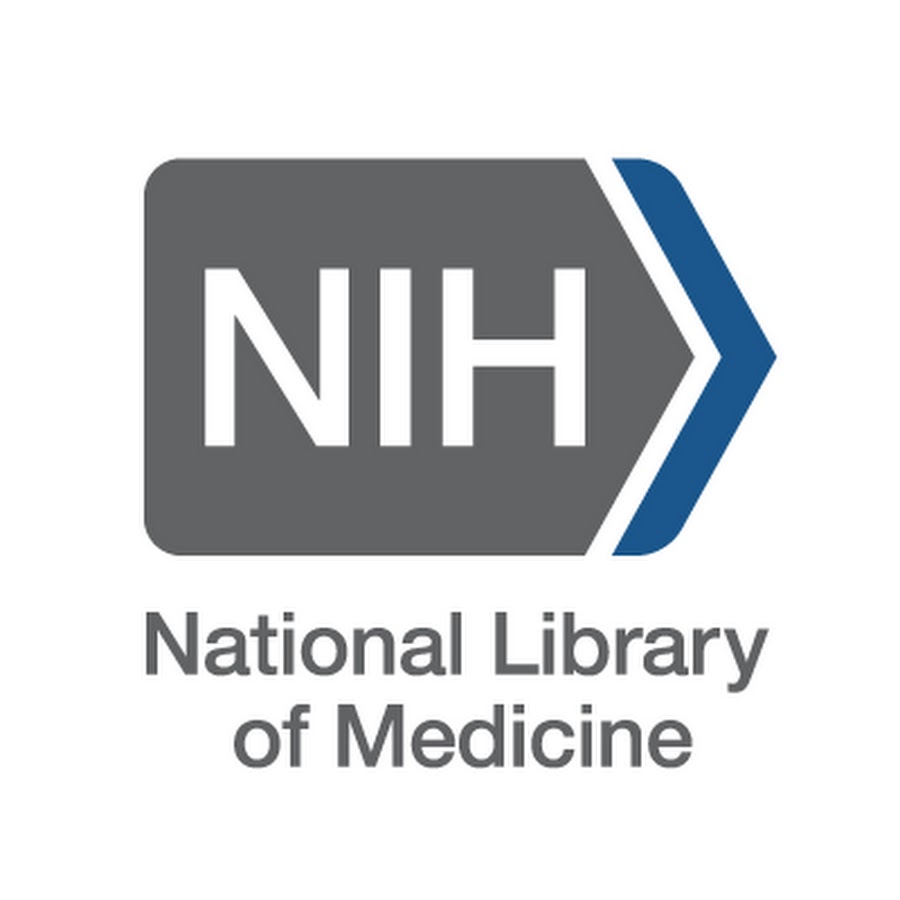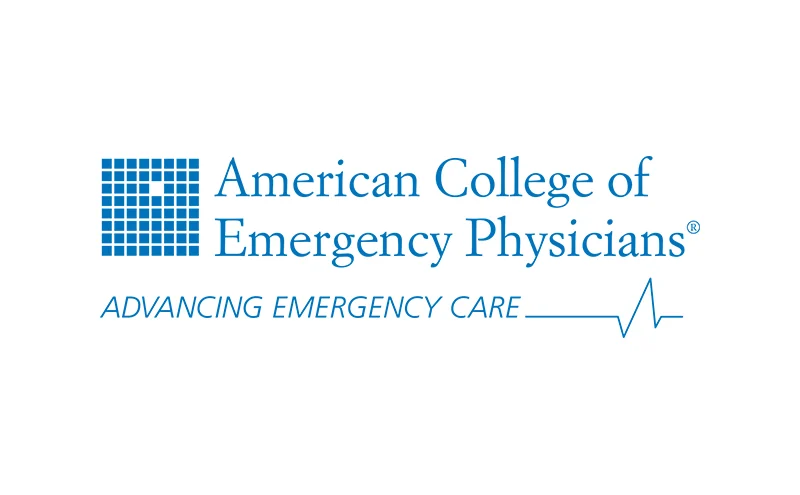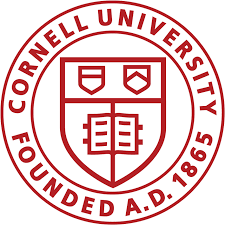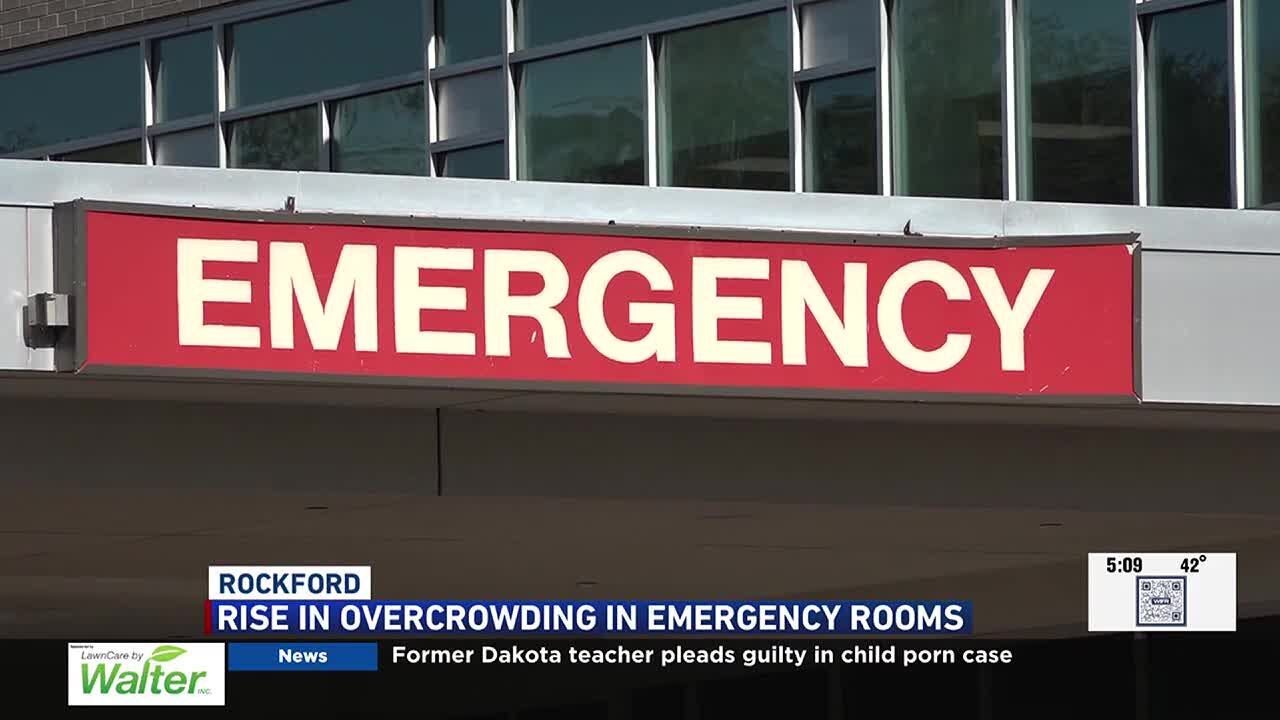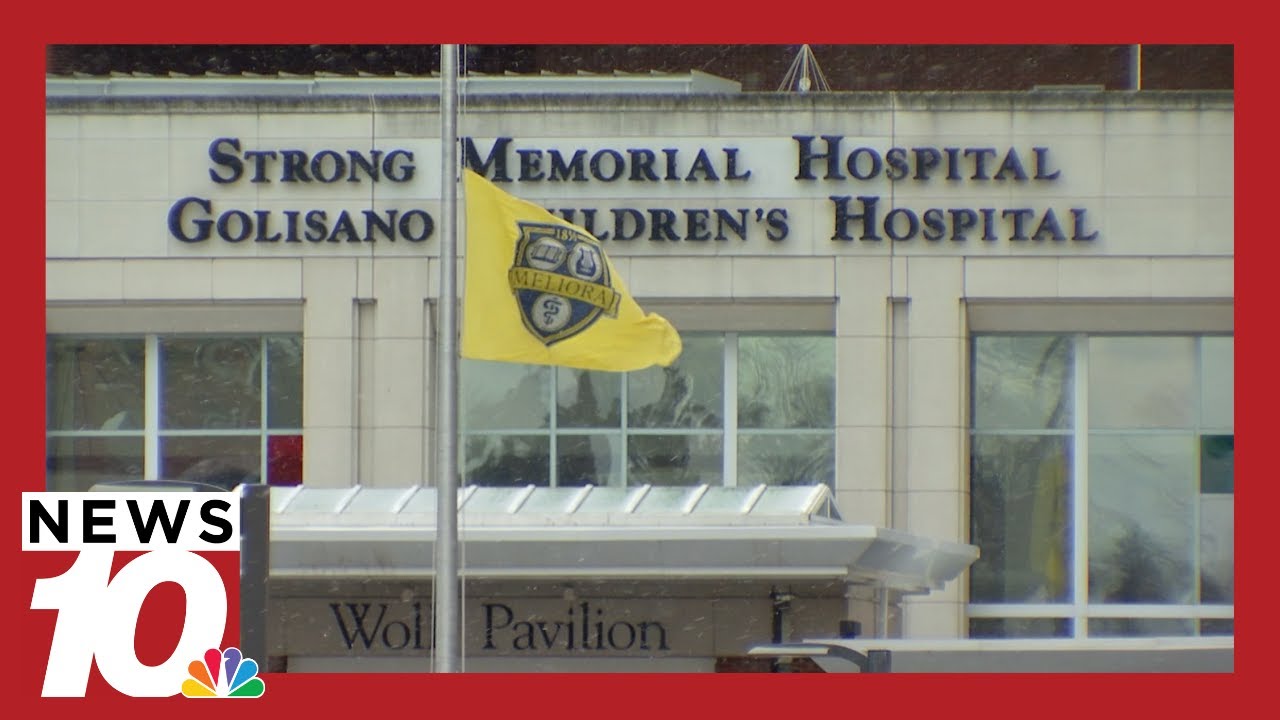MediRoute is a smart routing platform designed to assist emergency medical teams in reducing response times through AI-driven insights and real-time hospital data. Built during a 24-hour hackathon, our goal was to address the inefficiencies paramedics face when transporting patients, whether it's unpredictable traffic, hospital overcrowding, or outdated routing systems.
The existing 911 system makes it difficult to optimize hospital selection, which can lead to issues like bed shortages or lack of equipment during patient transport. To address this, paramedics use a mobile system that is easy to carry, allowing them to check the patient's condition and hospital availability in real time. This enables them to receive immediate recommendations for the most suitable hospital and transport the patient accordingly.
The Problem
Bed and equipment shortages
Difficulty finding an appropriate hospital due to limited bed availability and medical equipment shortages.
Real-time availability challenges
Hard to check hospital availability in real time, leading to inefficient patient routing decisions.
Patient data limitations
Hard to obtain patient status data (e.g., heart rate) before hospital arrival, affecting treatment planning.
Network connectivity issues
Must be usable even in areas with unstable network connections during emergency situations.


